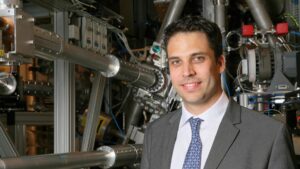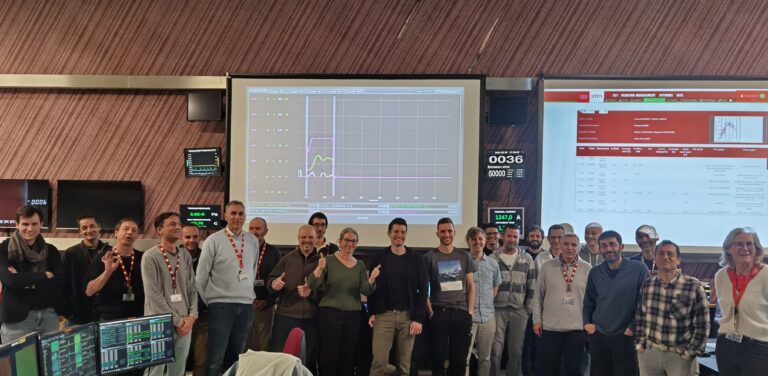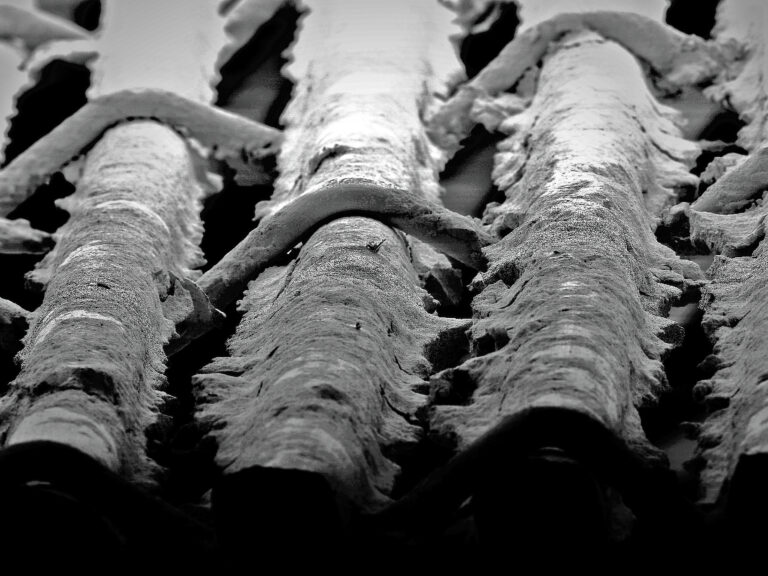The awarding of the 2020 IAEA’s Nuclear Fusion Journal Prize to Ch. Theiler rewards a tremendous teamwork, carried out under his direction and including several researchers from the Swiss Plasma Center (SPC) at EPFL as well as other laboratories of the European EUROfusion consortium. This Prize also recognizes the importance of the physics of the divertor and its optimization in the achievement of fusion as an energy source.
Why it is important
Realization of fusion requires the confinement and control of a gas mixture brought to a temperature of around 150 million degrees. This mixture is then in the state of plasma and is kept away from the walls of a donut-shaped vessel by means of magnetic fields. A certain fraction of particles tend to leave the plasma and end up hitting the wall of the vessel. This flow of particles, and therefore energy, could reach values that are too high not to damage the wall locally, especially in a reactor operating continuously as DEMO plans to do.
It is therefore necessary to reduce this flow of particles and / or reduce their temperature before they reach the wall. To do this, several solutions are being considered and studied in various laboratories around the world, and in particular on the TCV tokamak of the SPC / EPFL:
- Optimization of the configuration of the divertor, either by the orientation of the wall relative to the incident flux, or by modifying the magnetic configuration to expand the flux.
- Reduction of temperature by collision with a neutral gas injected into the divertor. In some cases, the reduction in temperature is sufficient for a significant fraction of the incident particles to recombine and no longer reach the wall, a situation called detachment.
The conditions for detachment are intrinsically linked to the type and quantity of neutrals injected into the divertor, but also to the configuration of the divertor. The TCV tokamak, with its great capability to shape the magnetic field in the divertor, is particularly suited to this kind of investigation. A detailed analysis, based on extensive measurements, was therefore undertaken in order to determine the optimal conditions for obtaining the detachment depending on the configuration of the divertor. This analysis also allowed to verify several predictions. These two aspects are reported in the paper which won this award for its main author.

Christian Theiler is assistant professor at EPFL SPC since 2016. He previously did a post-doc at MIT, where he worked on the Alcator C-Mod tokamak, after obtaining his PhD at the EPFL.
Nuclear Fusion Award
The Nuclear Fusion Award celebrates papers of the highest scientific standard that make a significant contribution to their field. Nominations are based on citation record and recommendation by the Board of Editors. The winner, selected by secret ballot, is the one judged to have made the greatest scientific impact. (from Nuclear Fusion web site)




